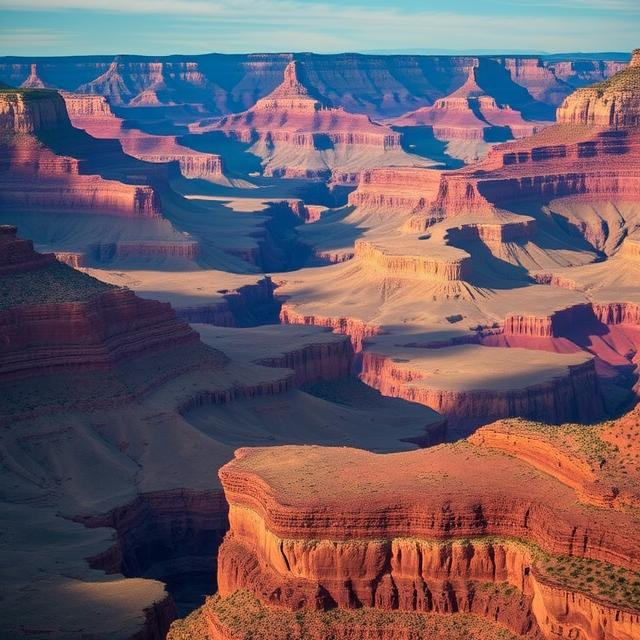Banff National Park, nestled in the heart of the Canadian Rockies, is one of Canada’s most breathtaking natural wonders. Established in 1885 as the country’s first national park, Banff offers visitors a stunning landscape of towering snow-capped peaks, crystal-clear lakes, and dense alpine forests. Whether you’re an adventure seeker or someone simply looking to connect with nature, Banff offers a wide range of experiences to suit every type of traveler. With its vast array of wildlife, hiking trails, and scenic drives, this UNESCO World Heritage Site is truly a paradise for outdoor enthusiasts.
One of Banff’s most iconic attractions is Lake Louise, a pristine, turquoise glacier-fed lake surrounded by rugged mountains and the stately Fairmont Château Lake Louise. The lake’s mesmerizing color, caused by the fine silt deposited by glaciers, makes it a photographer’s dream. In the summer, visitors can rent a canoe and paddle across the glassy surface, while in winter, the lake transforms into a magical frozen landscape perfect for ice skating or a peaceful winter walk along the shore. The nearby Lake Louise Ski Resort offers world-class skiing and snowboarding, making it a popular destination year-round.
For those who enjoy hiking, Banff offers an array of trails that vary in difficulty but all provide awe-inspiring views of the surrounding wilderness. One of the most famous hikes in the park is the Plain of Six Glaciers Trail, which offers spectacular views of glaciers, towering cliffs, and the lake below. The Johnston Canyon hike is another popular choice, where visitors can walk along a catwalk to view dramatic waterfalls in a narrow gorge. In the winter months, the park also offers excellent opportunities for snowshoeing and cross-country skiing, giving visitors a chance to experience the snowy beauty of the landscape up close.
Banff is also home to an incredible diversity of wildlife. Visitors might spot elk, bighorn sheep, black bears, and even moose as they explore the park’s vast wilderness. The Bow Valley Parkway and Icefields Parkway are great scenic routes where you can see wildlife in their natural habitat, while also taking in some of the most stunning vistas in the Rockies. For a truly unique experience, head to Moraine Lake, another breathtaking glacial lake in Banff, which is surrounded by the dramatic Valley of the Ten Peaks. The contrast of the vivid blue water against the rugged mountain backdrop is unforgettable.
Aside from the natural beauty, Banff is home to the charming town of Banff, a bustling yet quaint village nestled in the valley of the Bow River. Here, visitors can explore local shops, dine in cozy restaurants, and relax in the famous Banff Upper Hot Springs, where you can soak in warm mineral waters while surrounded by the stunning mountain views. The town offers a perfect blend of outdoor adventure and a comfortable base for relaxation, making it an ideal place to unwind after a day of exploration.
For those seeking even more adventure, Banff National Park is also home to the famous Icefields Parkway, one of the world’s most scenic drives. This 232-kilometer route takes you through some of the most majestic parts of the Canadian Rockies, with towering peaks, expansive glaciers, and pristine lakes. Along the way, you can stop at the Columbia Icefield, where you can take a Glacier Adventure Tour to walk on a glacier or ride in a massive Ice Explorer vehicle. Whether driving or hiking, Banff offers one of the most remarkable ways to experience the rugged beauty of the Canadian Rockies.
Banff National Park is a true gem of the Canadian wilderness, offering a wide range of outdoor activities, awe-inspiring scenery, and an opportunity to experience the untouched beauty of nature. Whether you’re skiing down world-renowned slopes, hiking along pristine trails, or simply taking in the serene beauty of the lakes and forests, Banff provides a stunning backdrop for adventure and relaxation alike. It’s a place that captures the essence of Canada’s natural heritage and invites travelers to immerse themselves in the splendor of the great outdoors.









